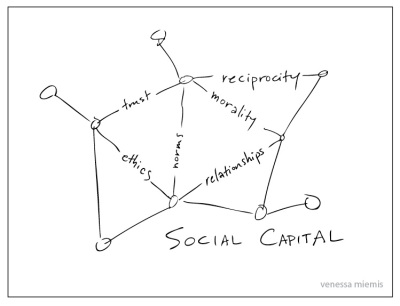 As a consumer, you are blasted with the same request over and over, “Follow Us on Twitter, Like Us on Facebook” As a consumer however it is more than natural to ask why should I or what’s in it for me? These are questions of which a significant number of businesses cannot genuinely answer.
As a consumer, you are blasted with the same request over and over, “Follow Us on Twitter, Like Us on Facebook” As a consumer however it is more than natural to ask why should I or what’s in it for me? These are questions of which a significant number of businesses cannot genuinely answer.
Businesses are realizing the importance of establishing a presence on Twitter and other vibrant social networks. In many ways, hosting a branded account is now common practice, a required extension to the push channels created through email, traditional marketing and web sites. What businesses are still learning however is that creating a channel, hosting a channel worth following, and building a loyal audience is a far greater challenge and overall investment than initially anticipated. At the same time, the realization that a shift from a push mentality to that of two-way interaction is nothing less than disruptive to the operation of business as usual.
 Today a notable number of businesses are approaching branded social channels from a ready, fire, aim approach. This method conjures a façade of achievement when in fact, any progress, if at all recognized, is short term and shoddy at best. Many focus on numbers without first analyzing who they’re trying to reach and why and more importantly how engagement satisfies the needs of their customers. To build vibrant communities in social networks, businesses must develop a remarkable and diversified channel strategy that reinforces the brand and communicates tangible business value and exudes customer-centricity. Without a mature content and engagement strategy, a great unfollow and unlike movement is inevitable.
Today a notable number of businesses are approaching branded social channels from a ready, fire, aim approach. This method conjures a façade of achievement when in fact, any progress, if at all recognized, is short term and shoddy at best. Many focus on numbers without first analyzing who they’re trying to reach and why and more importantly how engagement satisfies the needs of their customers. To build vibrant communities in social networks, businesses must develop a remarkable and diversified channel strategy that reinforces the brand and communicates tangible business value and exudes customer-centricity. Without a mature content and engagement strategy, a great unfollow and unlike movement is inevitable.
 I really enjoyed
I really enjoyed 